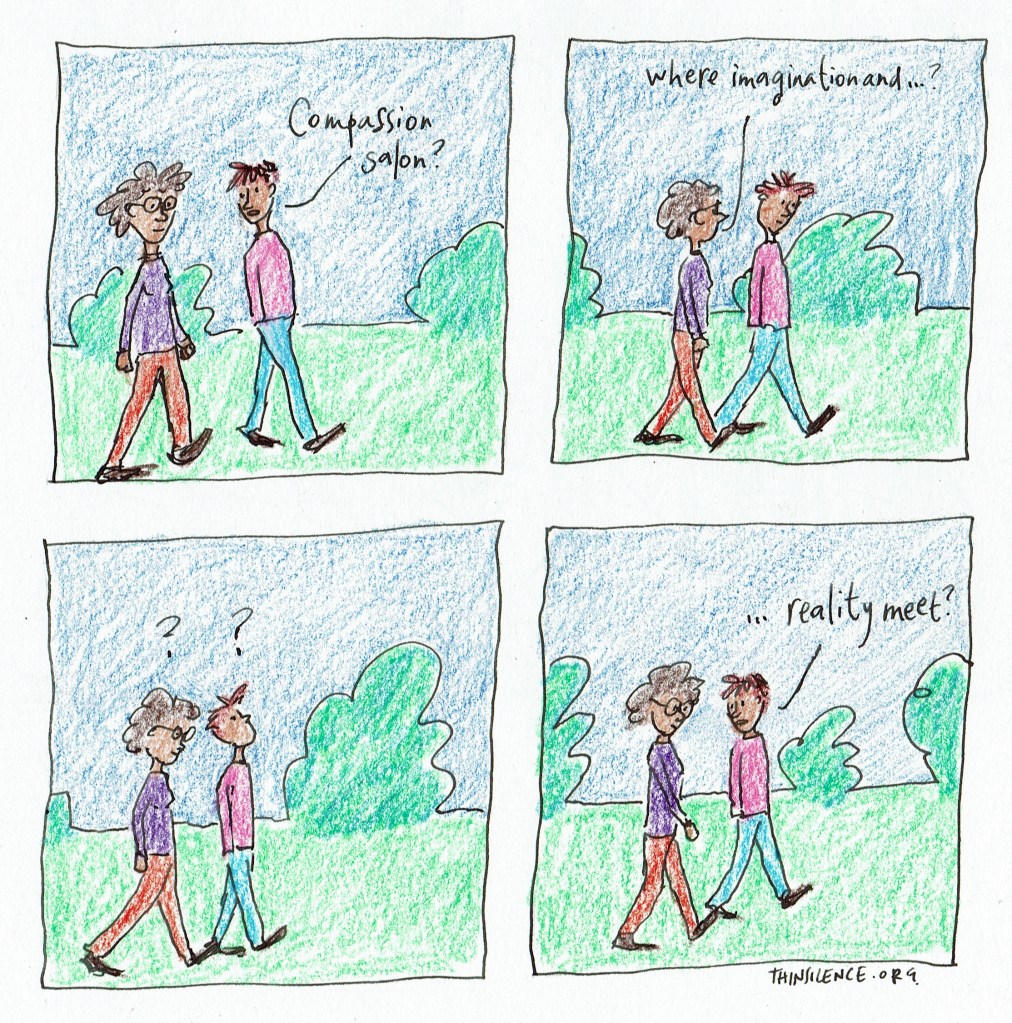
Compassion salon?
Where imagination and … ?
Reality meet.
(Haiku)
My post Marketing compassion is a first reflection following Edinburgh’s first Compassion Salon – the heart-child of Marti Balaam, Fellow in Medical Teaching at the University of Edinburgh.
Two things captured my attention: the power of co-created compassionate spaces setting our imaginations free.
A salon may refer to both a meeting space and the people inhabiting a space, e.g., writers or painters. Both feel right when describing the salon’s co-created space, first of all carefully prepared by Marti and Steel Coulson Tap owner Glen Dawkins to welcome and evoke a positive response from us, in turn providing a listening space for Mary Gunn to tell her story about twice facing cancer and being rescued by compassion,** who, together with her interview host Harriet Harris, then drew us into the space of her story.
Mary shared how, on the return of her cancer, she met with Choje Lama Yeshe Losal Rinpoche. His response to Mary’s fear at her cancer’s return at first sight appears uncompassionate, as he told her about his encounter with western desserts and the diabetes that followed: “Body falling apart,” he said, “bad time to identify with body.”
To tame ourselves is the only way
we can change and improve the world.*
(Choje Lama Yeshe Losal Rinpoche)
Mary understood Lama Yeshe was providing her with a different way of looking at her life, one that made it possible to live in the world as it is, to be her true, most honest self, and she reflected “the fear went and the laughter came.” It felt as though they had created a space together for compassion to be present, reminding me of how imagination can be one of the first casualties of fear.
It put me in mind of the poet Wallace Stevens’ reflections on the relationship between the pressure of reality and the power of imagination. Writing not long after the conclusion of the Second World War, Stevens is only too aware of the pressure of reality on societies around the globe and sees the need for this to be met with imagination. Imagination does not hide reality, nor does reality overpower imagination, but in their interaction a new reality is created.^
The salon was inviting me to be open in mind to the other, in heart to the other and in action to the other.
These three basic attitudes of compassion exist in each of us and it is in the individual that we find the first space for compassion and imagination to be held and to be given.
May I invite you to the next salon on the 4th February.
(*”The purpose of this literary salon/speakeasy is to create a community around new and established authors and poets whose work relates to compassion and wellbeing. The intention is that it will be a place for people to connect, inspire and support using books and prose as a means through which to consider the various aspects of human existence in an increasingly fragmented and challenging global community. This is a compassionate initiative to facilitate and strengthen community and belonging. The salon I hope will celebrate, inspire and cultivate creativity, innovation, self-compassion and individual and societal wellness.” (Marti Balaam)
(**See Mary Gunn’s Well.)
(^See Wallace Stevens’ The Necessary Angel.)

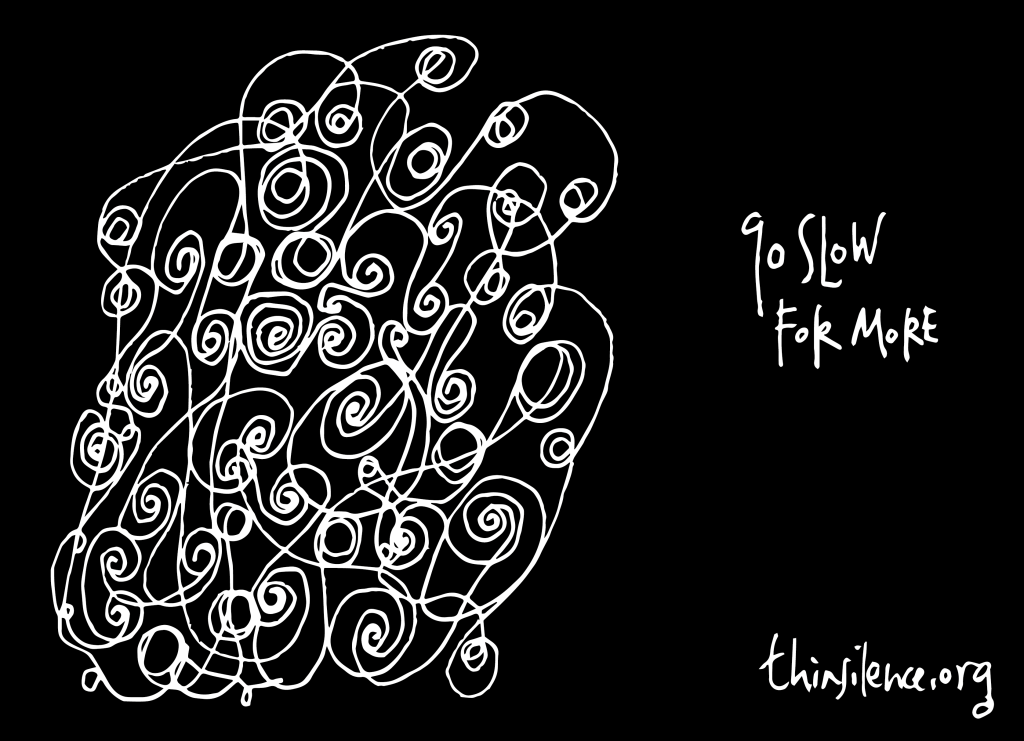
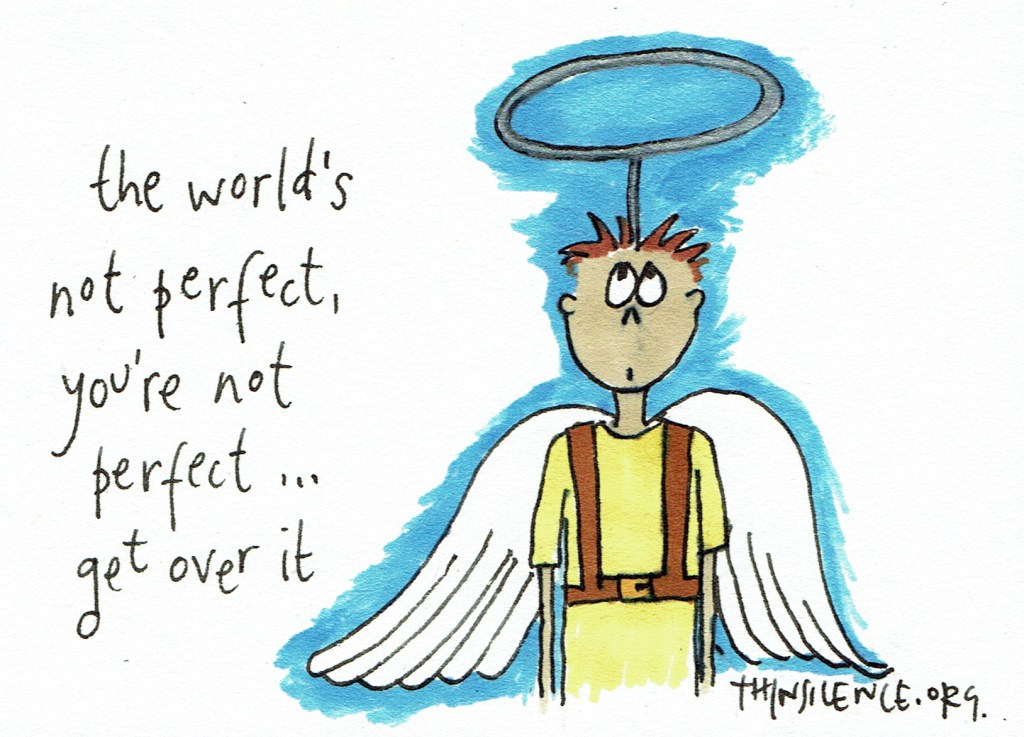
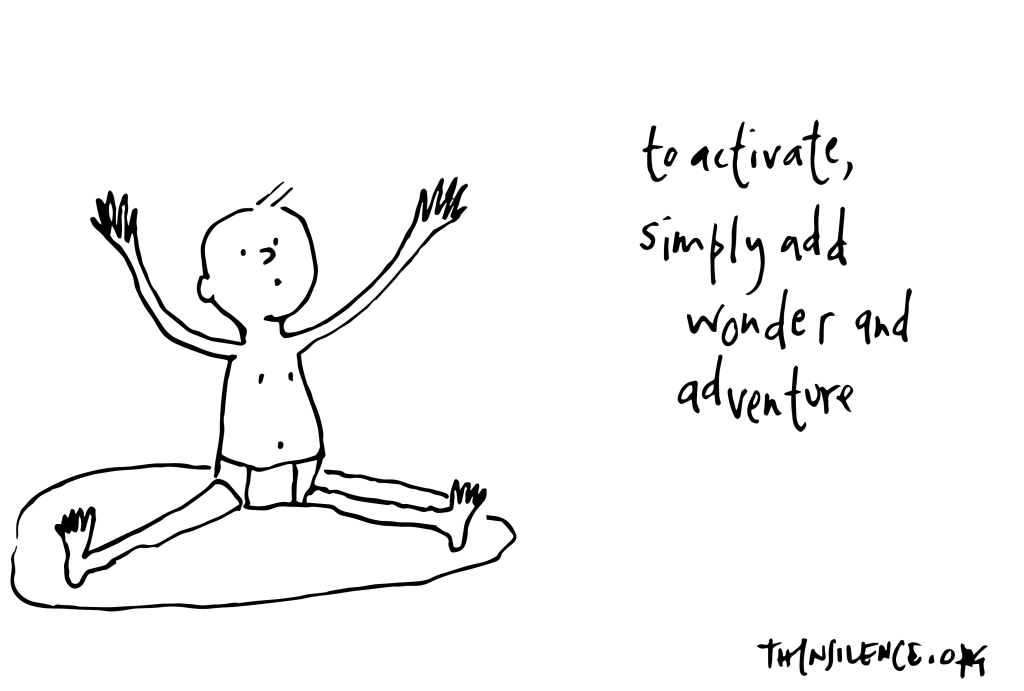
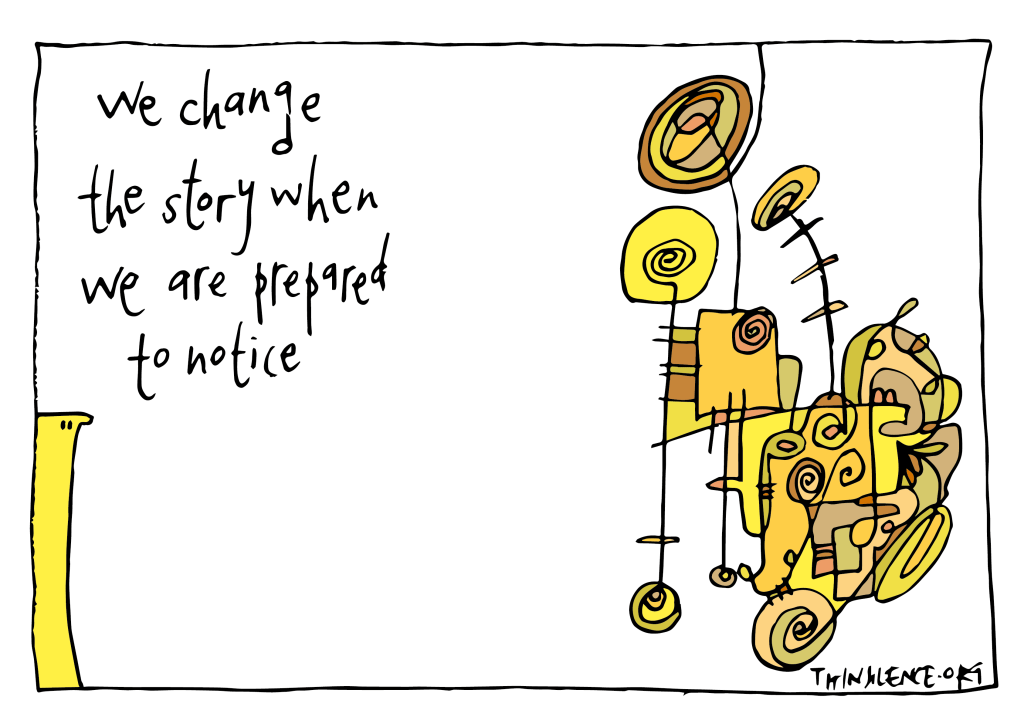

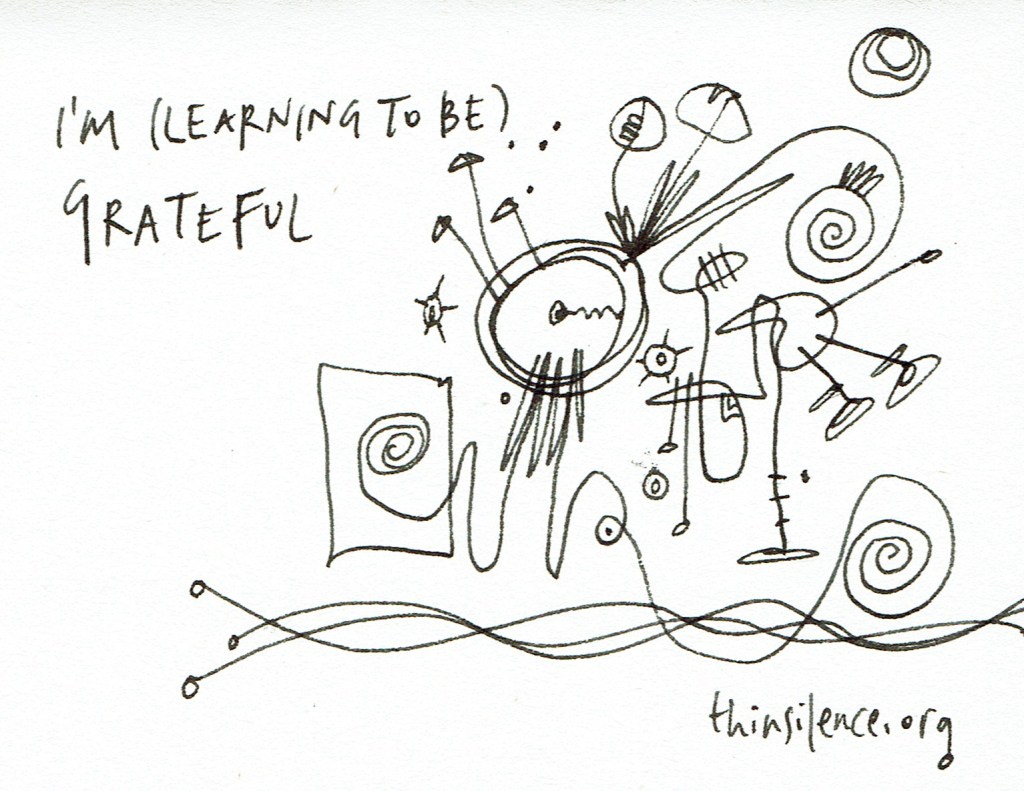

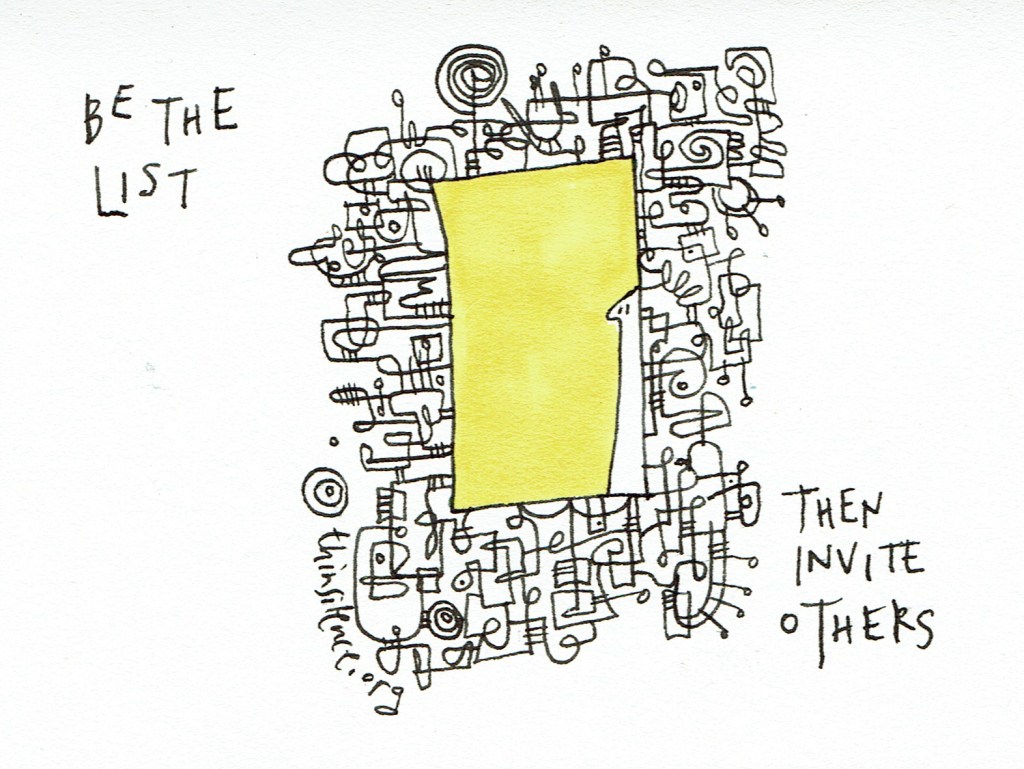
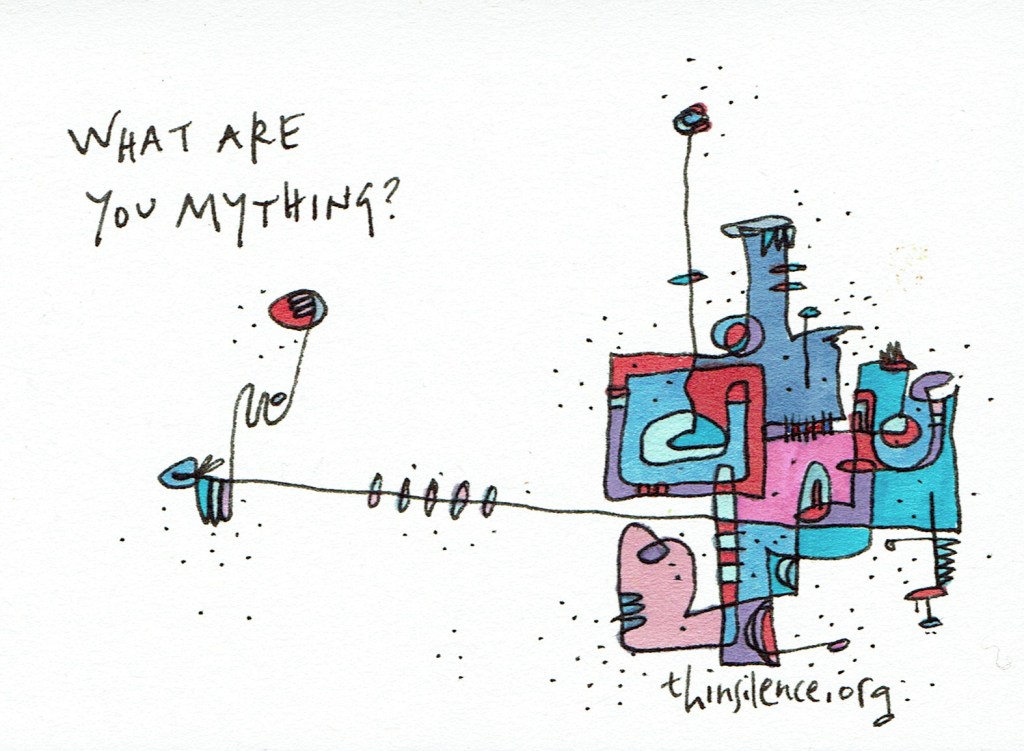
You must be logged in to post a comment.